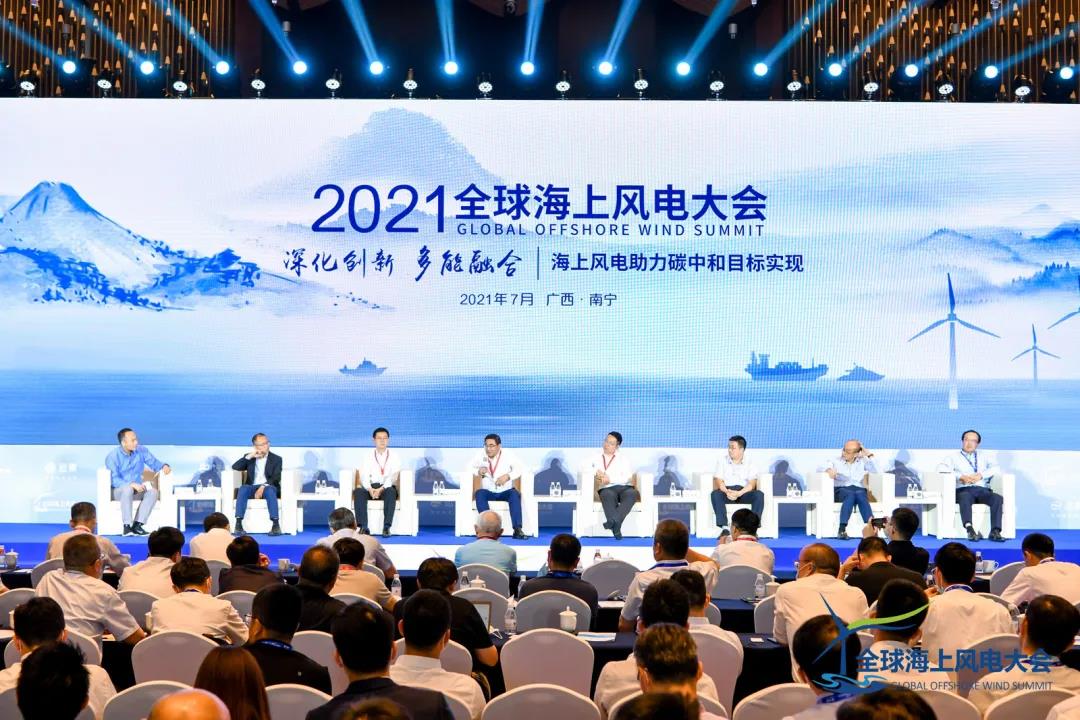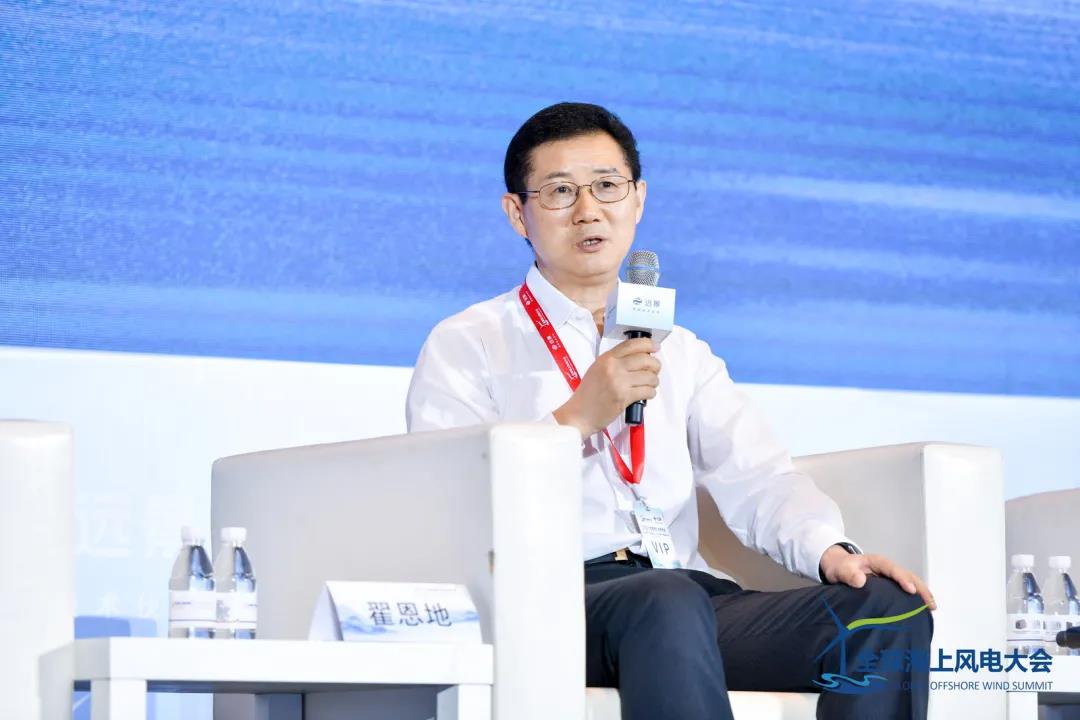The "difficult period" for parity of offshore wind power is also a precious "precipita
On the eve of the parity node, there are no new tenders and no new orders, and China offshore wind power is entering a difficult period after the subsidy withdrawal. The next three years will undoubtedly be the most difficult period for offshore wind power, but from another perspective, these three years are also an important "precipitation period" for China's offshore wind power technological progress.

On July 8, 2021, at the 6th Global Offshore Wind Power Conference held in Nanning, Guangxi, the Secretary General of Offshore Wind Power Branch of China Ocean Engineering Consulting Association (hereinafter referred to as "China Offshore Wind Power Association"), Xinjiang Goldwind Technology Co., Ltd. Chief Engineer (hereinafter referred to as "Goldwind Technology") and Dean of the Academia Sinica Zhai Endi was invited to attend the meeting and pointed out that the "difficult period" of offshore wind power parity is also a valuable "precipitation period", urging the entire industry to increase innovation and Coordination, as soon as possible to make the offshore wind power stable transition to the era of parity.

In the year when subsidies are withdrawn, China's offshore wind power faces two major challenges: First, the guaranteed price and hoisting of the stock subsidy projects, and how to make full use of the limited hoisting resources to ensure that these stock projects are hoisted as planned. Second, in terms of bidding for new offshore wind power projects, how to overcome the gaps and cliffs that have occurred as soon as possible and continue the sustainable development of the offshore wind power industry.

Facing parity and the future of China's offshore wind power, Zhai Endi believes:
All efforts will be made to protect the hoisting and comprehensively improve the hoisting speed and efficiency of offshore wind turbines.Statistics from the Offshore Wind Power Branch of the China Ocean Engineering Consulting Association show that in 2021, the expected number of offshore wind power installation vessels in China is 40, and the total hoisting capacity is expected to be 9 million kilowatts. Only by comprehensively improving the lifting speed and efficiency of offshore wind turbines can the lifting work be completed as planned and the grid-connected units can be realized on schedule.
There is no need to be pessimistic. The annual average installed capacity of offshore wind power during the 14th Five-Year Plan is very likely to be 3 million kilowatts.China has become the world's largest offshore wind power market for three consecutive years and has grown into a trillion-level industry. In the early days of the parity era, fewer bids and fewer orders were short-term phenomena. With the gradual implementation of offshore wind power planning in coastal provinces such as Shandong, Jiangsu, and Guangdong, it is highly possible that an average annual increase of 3 million kilowatts or more during the "14th Five-Year Plan" period.
Industrial synergy promotes the advent of the offshore wind parity price era.First of all, the complete machine accounts for more than one-third of the cost of wind power. It is urgent to solve the stuck neck technology and accelerate the development of wind turbines that adapt to the era of parity. At present, all domestic manufacturers of complete machines are also accelerating the development of affordable wind turbines. Secondly, engineering costs accounted for one-third of the cost of offshore wind power, and the industrial chain coordination of offshore wind power engineering construction needs to be further strengthened. Finally, in terms of the long-term cost of electricity, the cost of offshore wind power operation and maintenance should be reduced by reducing the frequency of downtime, shortening the troubleshooting time, optimizing operation and maintenance activities and resource management.
Concentrate on speeding up the pace of international offshore wind power advanced technology catch-up.In the future, offshore wind power resources are more in the deep sea or the deep sea. While seeking parity, it is also imperative to increase research on cutting-edge technologies such as floating wind turbine technology. China lags behind Europe in terms of floating wind turbine technology. It is estimated that by 2030, the cost per kilowatt-hour of floating wind turbines can be close to that of stationary wind turbines, realizing small-scale commercial operation.

